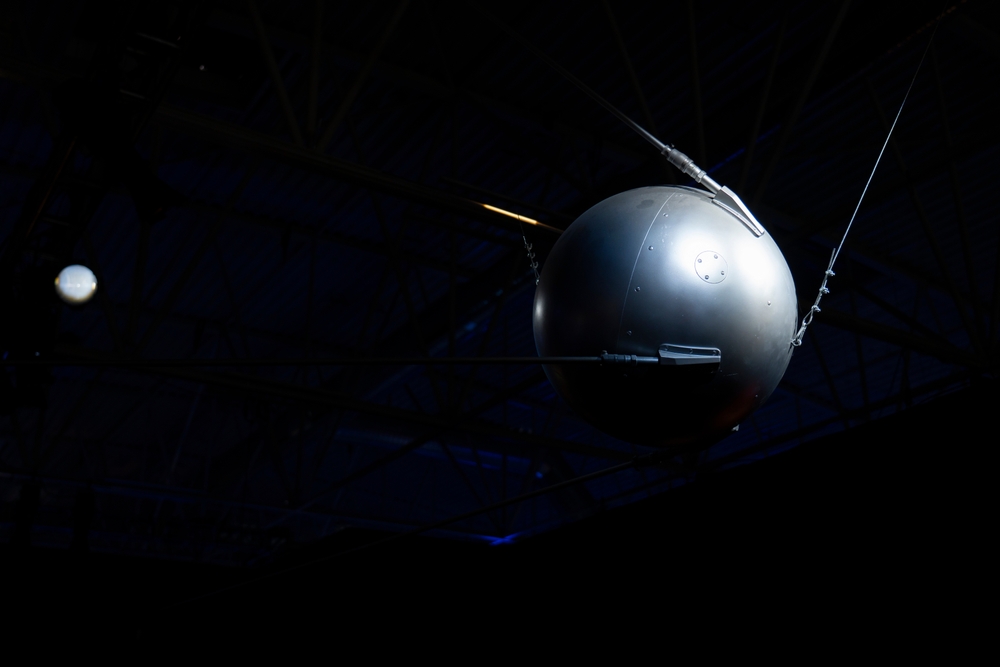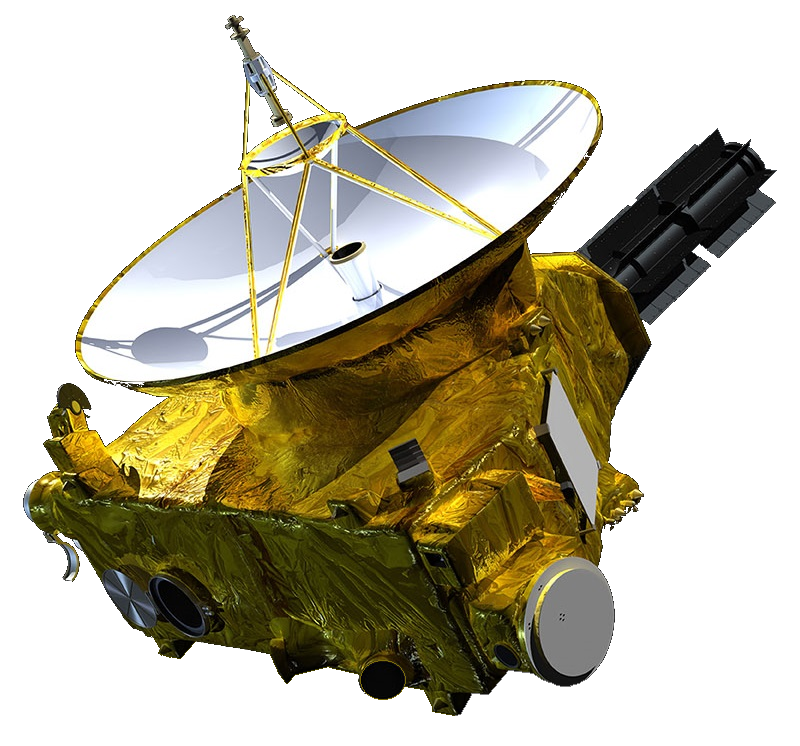Space exploration has always pushed the boundaries of what we know and what we can achieve. Over the years, many pioneering spacecraft have expanded our horizons, revealing the secrets of our solar system and beyond. We’ll go over 17 groundbreaking missions that have shaped our understanding of space and inspired future generations to reach for the stars.
Contents
Sputnik 1

Launched by the Soviet Union in 1957, Sputnik 1 was the first artificial Earth satellite. This historic mission marked the beginning of space exploration, igniting the Space Race between the US and the USSR. Sputnik 1’s beeping radio signals captivated the world, showcasing the potential of space technology. By measuring its drag, it provided valuable data on the density of the upper atmosphere.
Vostok 1

Vostok 1, which carried Yuri Gagarin into space on April 12, 1961, became the first manned spacecraft. This Soviet mission was a significant milestone, proving that humans could survive and operate in space. During Gagarin’s 108-minute orbit around Earth, critical data on human spaceflight were collected. Vostok 1 paved the way for future human space exploration.
Apollo 11

The Apollo 11 mission, carried out by NASA, landed the first humans on the Moon on July 20, 1969. Astronauts Neil Armstrong and Buzz Aldrin made history with their lunar walk, symbolizing a giant leap for humanity. They collected samples and conducted experiments, offering insights into the Moon’s composition. Apollo 11’s success remains a defining moment in space exploration.
Voyager 1

Launched in 1977, NASA’s Voyager 1 provided unprecedented data on the outer planets and their moons. It captured detailed images during flybys of Jupiter and Saturn, greatly enhancing our understanding of these giants. Voyager 1 eventually became the first spacecraft to enter interstellar space, exploring regions beyond our solar system. Its Golden Record carries messages from Earth to potential extraterrestrial life.
Hubble Space Telescope

The Hubble Space Telescope, launched in 1990, revolutionized our understanding of the universe. Positioned above Earth’s atmosphere, it provided clear and detailed images of distant galaxies, nebulae, and other celestial objects. Significant discoveries, such as the accelerated expansion of the universe, resulted from Hubble’s observations. Its contributions to astronomy and cosmology have been unparalleled.
Mars Pathfinder

Mars Pathfinder, launched by NASA in 1996, delivered the Sojourner rover to the Martian surface. This mission demonstrated innovative landing techniques and provided valuable data on Mars’ atmosphere and geology. Sojourner explored the terrain, analyzed rocks, and transmitted images back to Earth. The mission proved that relatively low-cost missions could achieve significant scientific results on Mars.
Cassini-Huygens

The Cassini-Huygens mission, launched in 1997, explored Saturn and its moons in unprecedented detail. Cassini orbited Saturn, sending back stunning images and data about its rings, atmosphere, and magnetic field. The Huygens probe landed on Titan, Saturn’s largest moon, providing the first direct observations of its surface.
International Space Station (ISS)

The International Space Station (ISS) represents a collaborative effort involving multiple space agencies, including NASA and Roscosmos. Since its launch in 1998, the ISS has served as a microgravity laboratory for scientific research and international cooperation. Experiments conducted on the ISS have benefited various fields, from biology to physics. The station exemplifies remarkable achievements in human collaboration and scientific advancement.
New Horizons

Launched by NASA in 2006, New Horizons conducted a historic flyby of Pluto in 2015. This mission provided the first close-up images and data of the dwarf planet and its moons, revealing complex geological features. New Horizons continued its journey into the Kuiper Belt, studying other distant objects.
Curiosity Rover

NASA’s Curiosity rover landed on Mars in 2012, embarking on an ambitious mission to explore the planet’s surface. Equipped with advanced scientific instruments, Curiosity analyzed rocks, soil, and the atmosphere, searching for signs of past or present life. Discoveries such as evidence of ancient water flows have profound implications for Mars’ habitability.
Galileo

NASA’s Galileo spacecraft, launched in 1989, studied Jupiter and its moons in unprecedented detail. Flybys of multiple moons, including Europa, Ganymede, and Io, revealed diverse geological features. Observations of Europa’s icy surface and potential subsurface ocean sparked interest in its potential for harboring life.
Lunar Reconnaissance Orbiter (LRO)

Launched in 2009, NASA’s Lunar Reconnaissance Orbiter (LRO) has provided detailed mapping and observations of the Moon’s surface. High-resolution images have helped identify potential landing sites for future missions and study lunar resources. LRO’s data contributed to our understanding of the Moon’s geology, topography, and environment.
Kepler Space Telescope

The Kepler Space Telescope launched in 2009, transformed the search for exoplanets. Monitoring over 150,000 stars, Kepler identified thousands of potential exoplanets, including Earth-sized planets in habitable zones. Discoveries have revolutionized our understanding of planetary systems and the potential for life beyond our solar system.
Rosetta

ESA’s Rosetta mission, launched in 2004, was the first to orbit and land on a comet. Rosetta’s orbiter studied comet 67P/Churyumov-Gerasimenko, while the Philae lander conducted surface experiments. Unprecedented data on the comet’s composition, structure, and behavior as it approached the Sun were obtained. Rosetta’s findings advanced our understanding of comets and their role in the solar system’s formation.
Juno

NASA’s Juno mission, launched in 2011, studies Jupiter’s atmosphere, magnetic field, and interior structure. Juno’s close flybys provided detailed measurements of Jupiter’s polar regions and deep atmosphere. The mission revealed insights into the planet’s origin, evolution, and dynamic weather systems.
Parker Solar Probe

Launched in 2018, NASA’s Parker Solar Probe is the closest spacecraft to the Sun. It aims to study the solar corona, solar wind, and the Sun’s magnetic fields. By enduring extreme temperatures and radiation, the probe provides critical data on the Sun’s outer atmosphere.
James Webb Space Telescope

Scheduled for launch in 2021, the James Webb Space Telescope (JWST) is designed to succeed Hubble. With advanced infrared capabilities, JWST aims to study the formation of stars and galaxies, exoplanets, and the early universe. Its larger mirror and cutting-edge instruments will provide unprecedented detail.
This article originally appeared on MyCarMakesNoise.
More from MyCarMakesNoise
25 Cars with Advanced Connectivity for the Ultimate Road Trip Experience

Planning an epic road trip? Staying connected while on the road can make all the difference. Whether it’s for navigation, entertainment, or keeping in touch, having the right tech in your car is essential. Read More
17 Common Car-Washing Mistakes That Are Damaging Your Ride

Keeping your car clean is essential, but are you doing it right? Washing your car seems straightforward, but common mistakes can lead to damage and diminish its appearance. Read More
The 21 Coolest Station Wagons You’ll Want to Drive Home Today

Station wagons aren’t just about practicality, they can be seriously cool, too. The latest models are turning heads and challenging perceptions, from sleek designs and luxurious interiors to powerhouse engines. Read More














